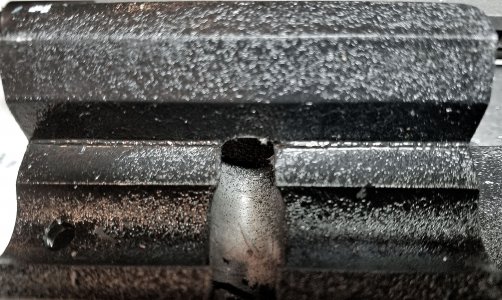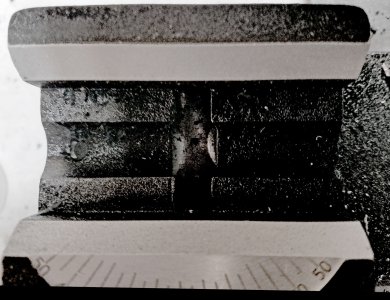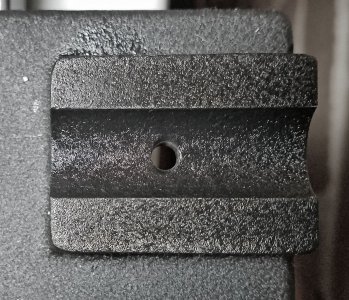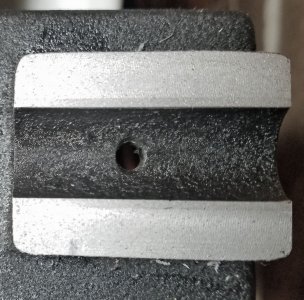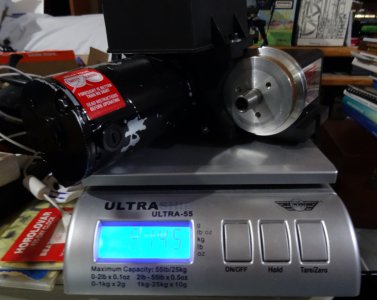- Joined
- Feb 15, 2020
- Messages
- 375
Karl,Two caveats:
Second Caveat: I measured the vertical misalignment of the headstock spindle to the bed. I got 0.002,27 inch rise from left to right, along 2.75 inches of the z-axis. This amount of misalignment renders futile my attempt to measure and cancel the vertical misalignment of the tailstock. For comparison, I measured 0.000,09 inch horizontal misalignment (toward the front from left to right) along the same 2.75 inches.
This is a shortcomming of the Sherline lathe design. 1) The bed is attached to the base by one cap screw at the extreme left end. 2) The bed is painted with a wrinkle finish paint that will compress over time. 3) When you tighten the screw the paint will compress at the screw end but not under the entire headstock, and the bed will flex relative to the base.
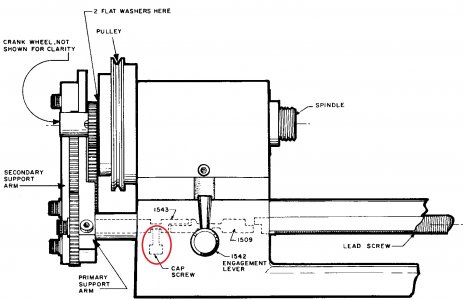
To see the problem remove the screw under the handwheel end of the lathe bed. The bed will straighten out float above the base at the handwheel end.
I solved mine by removing the paint.
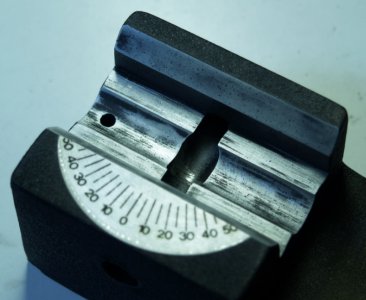
The bed only contacts the base along the angled portion of the bed. I figured that out after removing all the paint.
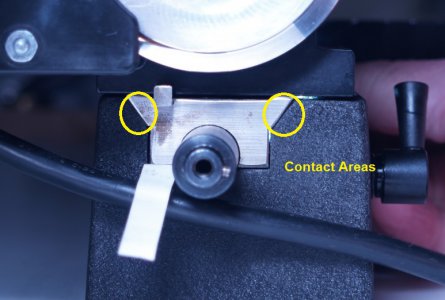
Eric


